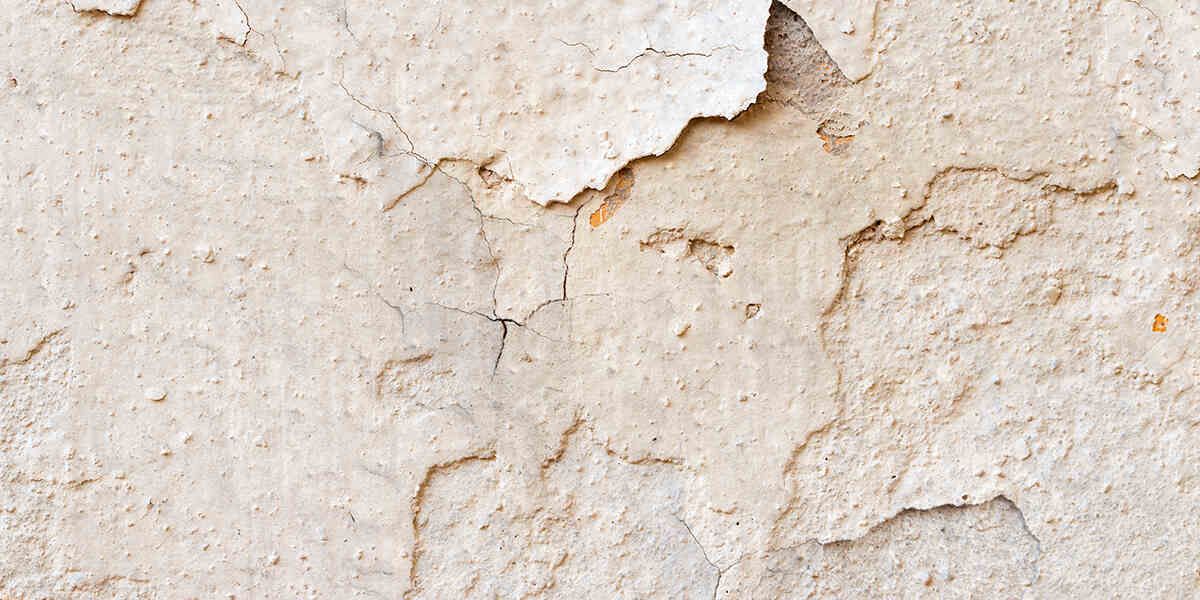How To Check for Moisture Behind Stucco
Stucco adds a unique visual appeal to your home and can hold up for decades. But like any building material, it doesn’t last forever.
If your stucco is cracking or crumbling, you know it’s seen better days. But how do you know whether moisture has penetrated the cracks and lurks deep beneath the surface? The consequences of undetected moisture range from cosmetic issues like discoloration to structural issues like rotting wood.
In this post, an experienced stucco repair contractor in Tucson, AZ, discusses how to check for moisture behind stucco — and what to do if you find it.
Causes of Moisture Behind Stucco
Modern stucco walls include water-resistant barriers and pieces of metal called flashing to prevent moisture from entering your home. However, several factors can overwhelm stucco’s defenses:
- Extreme weather: Our infamous summer monsoons and other precipitation can cause moisture to build up beneath stucco. The hot sun, hail storms, and windy conditions can also weather the exterior surface layer, reducing its ability to repel moisture.
- Sprinkler systems: Consistent contact with water allows moisture to penetrate more deeply. If sprinklers regularly spray your exterior walls, the water may infiltrate your stucco. Planters and flowerbeds too close to your house can cause the same issue.
- Improper installation: When properly installed, stucco has a system that evaporates or drains away moisture. However, inadequate or improperly installed flashing and insufficient sealing can allow excess water to accumulate.
- Damaged stucco: If your home shifts, the soil expands, or the stucco deteriorates, water can seep through cracks.
Signs You Have Stucco Water Damage
You may already be alert to the signs of excess moisture in your home. But what about your exterior stucco? Many of the telltale signs are the same, including the following:
- Crumbling or cracked stucco: When the surface is damaged, it provides an entry point for water to seep in.
- Peeling paint: Peeling paint, especially toward the bottom of the wall, often indicates moisture issues.
- Visible mold: Water entering through windows, improperly installed flashing, or other areas can cause mold overgrowth. If you see mold or moss on the stucco surface, there is a chance you have deeper issues.
- Discoloration: Dark spots, streaks, stains, and other discoloration suggest mold infestations and moisture buildup.
- Musty odors: Even if you don’t see mold growth, you may smell it. A musty odor is typically a dead giveaway.
- Soft spots: Dents, swelling, blisters, and soft spots may suggest bigger problems, including water accumulation, insect infestations, and structural damage.
Ways To Confirm Moisture Behind Stucco
A visual inspection is a great place to start identifying water damage. However, advanced detection technologies can confirm you have moisture behind your stucco.
- Moisture meters: Moisture meters use differences in electrical resistance to identify pockets of wetness. Lower resistance indicates high moisture, while higher resistance indicates low moisture.
- Thermal imaging: Infrared cameras highlight temperature differences between wet and dry areas, helping identify hidden moisture content.
- Probe testing: Another option is exterior probe testing, which consists of drilling a hole into your wall and inserting a meter to evaluate moisture levels. Readings of more than 20% suggest you may have water damage behind your stucco.
- Video scopes: A video camera can help visualize water damage in hard-to-see areas in your walls. However, if your walls are filled with insulation, video cameras are less useful for moisture detection.
How To Repair Stucco Water Damage
Now that you know how to check for moisture behind stucco, how do you repair it? In cases of superficial damage, a contractor can patch imperfections and repair cracks to prevent moisture from infiltrating your walls. They may have to remove sections of your siding to look for signs of deeper damage.
However, quick fixes often don’t address the root of the issue. If you have more significant water damage, comprehensive stucco remediation is in order. This may include the following:
- Repairing or replacing damaged areas
- Making any needed structural repairs
- Removing mold and mildew
- Installing drainage planes behind the stucco
- Removing and reinstalling the stucco siding
- Reinstalling flashing, doors, windows, and gutters
- Applying waterproof barriers
Need Help With Water-Damaged Stucco in Tucson? Call Us Today!
If you have more questions about how to check for moisture behind stucco, contact the local experts at Goodwin & Sons Painting. We are a family-owned business in Tucson, AZ, specializing in painting, drywall, and stucco installation and repair.
Whether you need help with water-damaged drywall or deteriorating stucco, give us a call today at (520) 990-2445 or contact us online for a free estimate.
